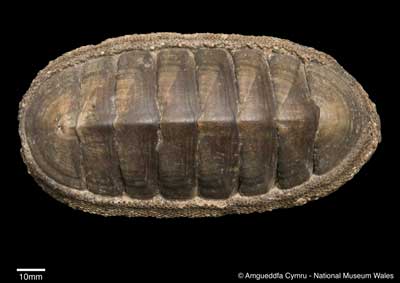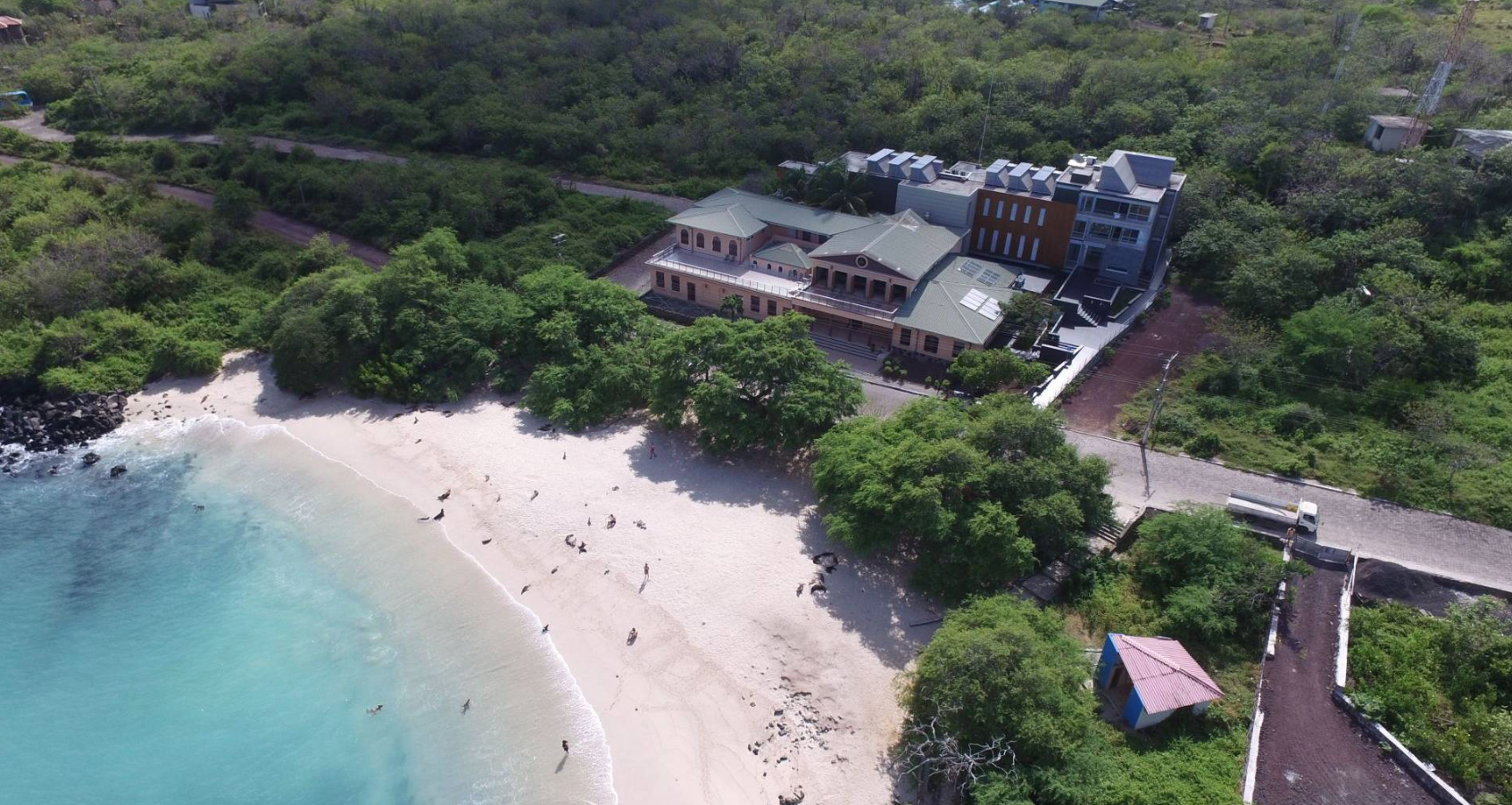A new study conducted in the Galápagos Marine Reserve analyzed the diets of two pelagic species: the swordfish (Xiphias gladius) and the dolphinfish (Coryphaena hippurus). The aim was to understand how these populations, which share the same ecosystem, manage to coexist without directly competing for food. To carry out this research, scientists applied the stable isotope technique, a powerful tool that allows researchers to examine animal diets over time and uncover patterns that are not visible to the naked eye.

The results revealed significant differences in the feeding strategies of the two species. The swordfish has a broad diet, consuming prey of various sizes and from different depths, which places it at a higher level in the food chain. In contrast, the dolphinfish has a more specific diet, focused on small fish that swim near the surface, indicating a lower trophic level. This difference in feeding preferences reduces direct competition between the two, enabling them to coexist more easily

The results revealed significant differences in the feeding strategies of the two species. The swordfish has a broad diet, consuming prey of various sizes and from different depths, which places it at a higher level in the food chain. In contrast, the dolphinfish has a more specific diet, focused on small fish that swim near the surface, indicating a lower trophic level. This difference in feeding preferences reduces direct competition between the two, enabling them to coexist more easily
These findings highlight the importance of conserving diverse marine ecosystems like the Galápagos, where species with different habits can thrive. The study also underscores how scientific tools like stable isotopes can reveal essential information for marine conservation. Understanding what these species eat not only helps us better comprehend their behavior, but also contributes to designing effective strategies to protect them.
Read the article here: doi.org/10.1016/j.fishres.2025.107442






